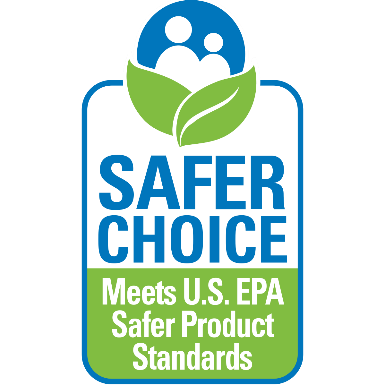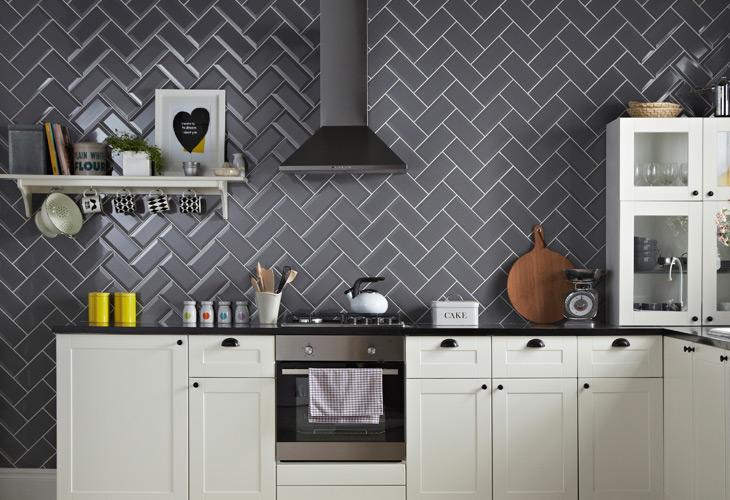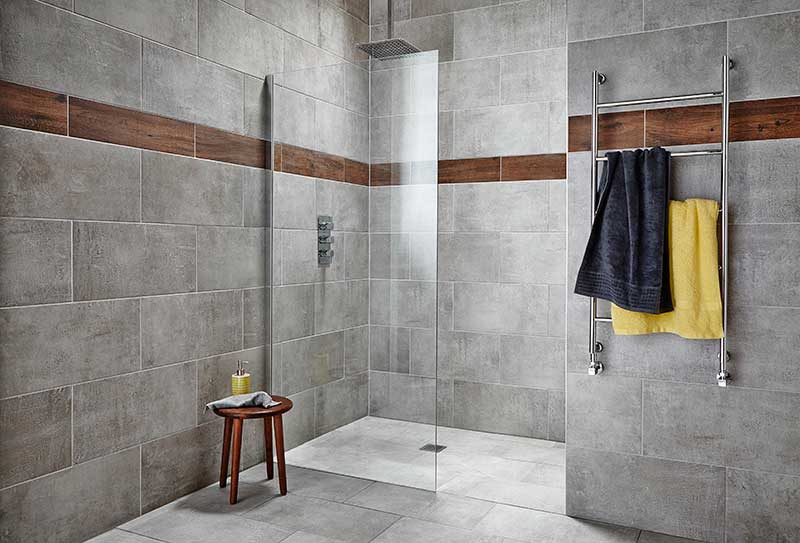(Contributor: Brian Harvey)
In this blog post, we will discuss Indoor Air Quality (IAQ) and ways that you can improve your indoor air quality on any budget.
Recent news has highlighted the importance of disinfecting, but what about the air we are breathing? With most of the world sheltering in place, we are more exposed than ever to the air in our homes. While it is arguably more important than ever, many tips discussed here will be good practices long after this crisis has passed, especially for those who struggle with seasonal allergies or asthma.
Plan-Ahead Indoor Air Quality Solutions for a Healthy Home
Not all indoor air quality improvements are created equal. While some solutions may take only a matter of minutes, others may take research and planning to have a lasting impact.
Healthy Habits
One very affordable yet difficult way to improve the air quality of a home is for members of the home to simply create healthy habits.
Daily Habits
Hand washing, touching our face, and coughing are all daily occurrences that we can form healthy habits around. The spread of germs to surfaces in the home is rapid when proper sneezing hand washing is not practiced. The CDC (Centers for Disease Control and Prevention) has recognized handwashing as the best way to protect an individual against themselves or a family member becoming ill since we are never sure of how certain germs will spread. In their guidelines for handwashing, they stress the importance of washing for a full 20 seconds for best results and as often as possible.
Monthly Habits
Not all healthy habits need to be addressed daily. Two examples of healthy home habits that happen on a monthly basis once established are maintaining functioning smoke and C02 detector(s). These two staples, for any home, are affordable and easy to maintain.
HVAC (Heating Ventilation and Air Conditioning)
A major contributor to IAQ is a home’s HVAC system. Planning and investing are required to upgrade an HVAC system that will have a positive impact on indoor air quality.
Heat
Winter is the time we spend the most time at home and when we trap the most pollutants in our home and forced-air systems don’t help matters. They rotate the air and can blow those small particles, which may stay airborne for hours and can be transported long distances. From tabletops to floors and the like into the air––which winds up being circulated all around the house and thrown into the rooms for all to breathe.
Installing electric radiant floor heating helps fight airborne particles since the warmth emanates from the floor up without displacing any dust and provides a comfortable even heat that does not dry the air out.
Many homes have forced air heat which can trigger allergies. But the problem isn’t the heated air – it’s contaminants (such as dust mites, mold, mildew, and animal dander) that circulate in the heating ducts. If you start sneezing when you first turn on your forced air heat in the fall or winter, that’s probably why.

Ventilation
Ventilation is essential for good indoor air quality. Ventilating a space ensures that humidity levels stay under control as well as airborne pollutants. Spaces that require good ventilation (preferably outdoors) are:
- Bathrooms
- Kitchens
- Laundry rooms
- Fireplaces
- Water heaters
- Furnaces
The National Center for Healthy Housing explains that there are two types of ventilation that can combat humidity and pollutants within the home. They are spot ventilation and dilution ventilation. Spot ventilation refers to exterior exhaust fans whereas dilution ventilation refers to exchanging indoor air with outdoor air. Both types of ventilation are essential for any home to protect against the growth of mold.

Air Conditioning
Similar to forced air systems, air conditioners can be responsible for stirring up air pollutants. On the contrary, they can also cut down on outdoor pollutants getting into the home and help regulate humidity levels. Because moisture is present, checking regularly for mold growth in warm areas where air conditioners are frequently used is recommended. Additionally, regular duct sealing can act as a preventative against mold growth.

Appliances that Make a Difference
While it is not necessary to run out and buy all new appliances overnight, it is best to be mindful of appliance features that can benefit your indoor air quality when making these purchases.
In addition to appliance features, keeping appliances clean is essential to their functionality. Running your clothes or dishwasher with only vinegar on the highest heat possible is a great way to clean either appliance.
Sanitize
Many home appliances offer sanitizing cycles. From dishes to laundry, these cycles can be worked into cleaning rituals to improve indoor air quality. A key to sanitizing with any appliance is hot water followed by complete drying. Top items to consider sanitizing in a home appliance are:
- Bedding
- Stuffed animals that you can not live without
- Bags/Backpacks
- Hand and dish towels
- Plastic toys (especially for infants!)
- Cutting boards
Purify
In addition to sanitizing, perhaps a more obvious way to improve indoor air quality with a home appliance is to use an air purifier. Designed to filter dust and pollen from the air, air purifiers are effective at eliminating some but not all harmful air pollutants. VOCs, to be discussed, are not successfully removed from the air via air purifying systems.
If you are considering an air purifier to cut down on dust and pollen in your home, it is worthwhile to consider their operating costs. Good Housekeeping reports than annual running costs are typically around $50 and filter replacements can be double this at about $100 a year.
How you Can Improve Indoor Air Quality Instantly
If you’d like to take matters into your own hands immediately, there are some easy tasks that you can complete to instantly improve the indoor air quality of your home. Working your way from the ceiling down to the floor is a good way to ensure you are as efficient as possible in removing key air quality offenders that you can control such as dust, mold, and pet dander. For best results, it is best to stick to a regular cleaning regiment.
Keeping Fabric Around the Home Limited and Clean
Fabric around the home gives us a sense of comfort that, in some areas, we cannot live without. To improve a home’s indoor air quality immediately, remove the fabric that you can do without and wash the rest.
Cleaning Fabric Around the House
The majority of irreplaceable fabric in the home is our bedding. It is best to make a realistic schedule for washing all of the bedding (including pet beds!) and throw blankets in your home. With an average of 1/3 of our day spent in bed, it is best to set a priority of washing used bedding once every other week in hot water. Additionally, the use of dust-mite proof covers can contribute to improved indoor air quality.
Necessary throw rugs should also be washed in hot water. Before returning to their place, it is best to mop bare floors. For heavy rugs or carpets that can not fit into the wash, vacuuming once or twice a week is recommended using a vacuum that has a HEPA (high-efficiency particulate air) filter. You can also vacuum upholstered furniture such as sofas.
Reducing Fabric Around the House
While bedding is a must-have, many of the other fabrics in our home can be eliminated. Get rid of stuffed animals, soft toys, and other dust collectors. It is also best to replace drapes with roll-up window shades but, if you must have curtains, wash them in hot water once a month.
Be mindful of Product Use and Items Inside
It is overwhelming but true that anything in our homes can emit harmful chemicals into the air. The class of gaseous chemicals released from liquids and solids are referred to as volatile organic compounds or VOCs. The only way to control these gaseous chemicals is to be mindful of products use inside the home from building materials to beauty supplies. Mountain Air Mechanical lists the most common indoor air quality threat VOCs as:
- Acetaldehyde
- Acetone
- Benzene
- Ethanol
- Dichlorobenzene
- Formaldehyde
- Toluene
- Syrene
- Xylene
Frequently found in products like:
- Air fresheners
- Aerosol sprays
- Adhesives and craft glues
- Cleaning products
- Cosmetics
- Dry cleaned clothing
- Landscape chemicals
- Paints and solvents
- Perfumes
Cleaning

The products that we use to maintain a clean and good smelling home should be carefully selected to decrease chemical exposure. GreenBlue explains that sometimes even natural components can be harmful to indoor air quality such as products with terpenes (pine/citrus oil) which can react with the air in your home to produce formaldehyde and other pollutants.
As a rule of thumb, GreenBlue recommends shopping for household cleaners and aerosol sprays that have an EPA Safer Choice label as these products have been screened and deemed safer because of their low levels of VOCs.
Beauty
Cleaning products are not the only products in your home that can threaten the indoor air quality. Beauty products are also a possible threat. Notoriously known for impacting the lives of professionals who are highly exposed to them, certain hair and nail beauty products contain very high levels of VOCs.
Just like household cleaning products, beauty products should be chosen with care. Beauty products with low VOCs can be found labeled as “non-toxic”. When necessary, beauty products with high VOCs should be used in a space with proper ventilation such as windows.
Leftover and Causing Harm
Items that are impacting indoor air quality and are often overlooked are those that do not get much use. It is very possible that there are items lying around your home such as leftover paint that have very high levels of VOCs. While you are considering the indoor air quality of your home, be sure to take a close look in storage and clean out items that may be lying around and contaminating the air. Frequent offenders are:
-
- Oven cleaner
- Paint Remover
- Pesticides
- Gas stoves
- Old furniture or insulation
Overview
Poor indoor air quality can have immediate and long-term side effects. While controlling something you cannot see may seem like a daunting task, we hope that these short and long term solution suggestions will be useful around your home.
Plan ahead:
-
-
- Research non-harmful cleaning and beauty supplies
- Service your HVAC System
- Upgrade your heating system to a healthier and maintenance-free system that does not blow air around – request a free quote
- Purchase an air purifier
- Invest in appliances that have sanitizing benefits
-
Try today:
-
-
- Wash any fabric window fixtures
- Start to schedule bed cleaning every other week (don’t forget the pets!)
- Look around your home for common household toxins and dispose of them properly
- Practice proper handwashing and start trying to break bad habits like touching your face
-





![Thumbnail [200x250]](/wp-content/uploads/Indoor-Systems-Page-Image.png)
![Thumbnail [200x250]](/wp-content/uploads/image-13.png)
![Thumbnail [200x250]](/wp-content/uploads/Projects-Image.png)